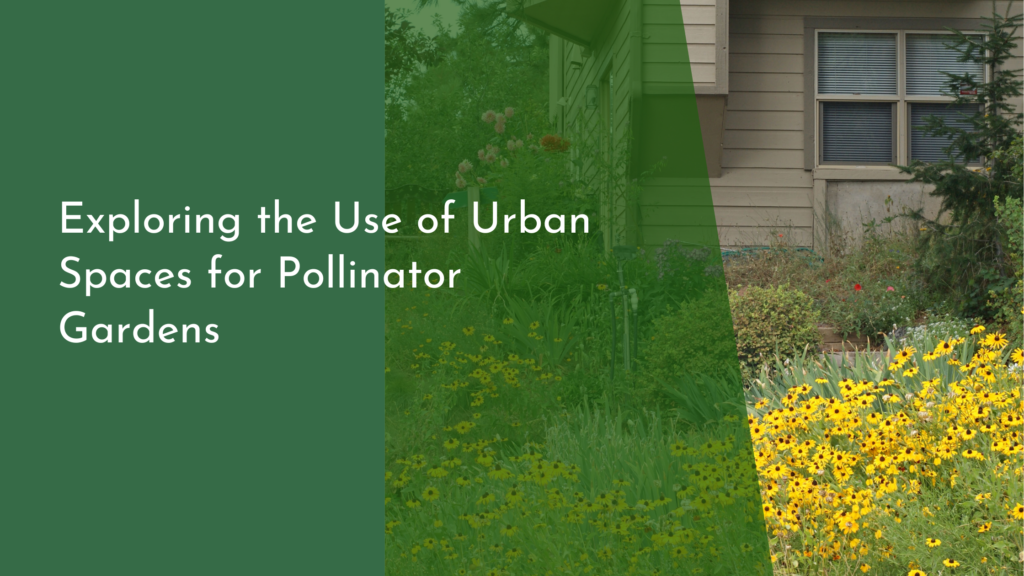Timber Production Through Agroforestry: Sustainable Harvesting Techniques
As the world grapples with climate change and environmental degradation, innovative farming practices have emerged to create a harmonious balance between nature and industry. Timber production through agroforestry presents a sustainable alternative to traditional logging methods, allowing us to enjoy the benefits of timber while preserving our precious ecosystems. This article explores the joy of sustainable timber agroforestry, innovative harvesting techniques, the delicate balance between nature and economy, and the promising future that lies ahead for this environmentally friendly practice.
Discover the Joy of Sustainable Timber Agroforestry
Sustainable timber agroforestry combines the age-old practice of forestry with modern agricultural techniques to create a symbiotic relationship between trees and crops. This method allows for the simultaneous production of timber and food, ultimately enhancing biodiversity and improving soil health. Farmers cultivate a variety of trees alongside agricultural crops, enabling them to produce high-quality timber while benefiting from the surrounding flora and fauna. The joy of sustainable timber agroforestry lies in its ability to provide a diverse range of products, from fruits and nuts to timber and fuel, all while nurturing the environment.
Moreover, timber agroforestry supports local communities by creating job opportunities and fostering economic resilience. With trees acting as natural windbreaks and shade providers, agroforestry systems can enhance crop yields and improve overall farm productivity. The joy derived from sustainable timber agroforestry is not only found in its ecological benefits but also in the empowerment of communities that depend on this integrated approach to agriculture. By embracing these practices, we can celebrate a future where tree planting and responsible timber harvesting contribute significantly to the well-being of both people and the planet.
Innovative Techniques for Responsible Timber Harvesting
The practice of responsible timber harvesting in agroforestry involves several innovative techniques that prioritize ecological balance and sustainability. One such technique is selective logging, which allows farmers to carefully choose which trees to harvest while leaving the surrounding ecosystem largely intact. This approach minimizes damage to the remaining trees and prevents soil erosion, ensuring the longevity of the agroforestry system. Additionally, agroforestry promotes the use of agroecological principles, which focus on enhancing the resilience of farming systems through biodiversity, crop rotation, and soil management.
Another innovative technique is the implementation of reduced-impact logging (RIL) practices. RIL involves careful planning and execution of harvesting operations to minimize the environmental impact. This can include the use of cable systems to transport logs without damaging the forest floor or other vegetation. Such methods ensure that timber is harvested responsibly, contributing to a sustainable supply chain. By employing these modern practices, agroforestry can produce high-quality timber while conserving the surrounding habitat, demonstrating that timber harvesting and ecological preservation can coexist harmoniously.
Balancing Nature and Economy in Timber Production
Striking a balance between nature and economic growth is essential for the success of timber production through agroforestry. Sustainable timber agroforestry systems can generate significant income for farmers while simultaneously enhancing ecosystem services. By diversifying their income sources through the cultivation of timber, crops, and other non-timber forest products, farmers can create a more resilient economic structure that is less susceptible to market fluctuations. This diversification ensures that communities can thrive without over-relying on any single resource, thereby promoting long-term sustainability.
Moreover, the integration of timber production within agroforestry systems can lead to improved environmental outcomes. Healthy forests contribute to carbon sequestration, soil conservation, and enhanced water quality, all of which are vital for the well-being of the planet and its inhabitants. By adopting sustainable practices in timber agroforestry, farmers can not only achieve economic stability but also play an active role in combating climate change and promoting biodiversity. This harmonious relationship between nature and economy is a key aspect of ensuring a sustainable future for timber production.
The Bright Future of Timber Through Agroforestry Practices
The future of timber production through agroforestry is bright, as more farmers and communities recognize the benefits of this sustainable approach. Governments and organizations worldwide are increasingly supporting agroforestry initiatives as a viable solution to environmental challenges. Whether through financial incentives, education, or technical assistance, these efforts help promote the adoption of agroforestry practices that align with sustainable timber production. As awareness grows, more communities are likely to join this movement, reinforcing the positive impact on both local economies and ecosystems.
Additionally, technological advancements continue to enhance the viability of timber agroforestry. Tools and software designed for precision forestry allow farmers to monitor their systems more effectively, optimizing growth conditions for both timber and crops. These innovations, combined with traditional knowledge, create a unique opportunity for agroforestry to flourish, providing a sustainable source of timber for future generations. As we embrace these practices, we can look forward to a future where timber production not only meets our needs for wood and resources but also nurtures the planet we call home.
In conclusion, timber production through agroforestry stands as a beacon of hope for sustainable resource management. By combining innovative techniques, responsible harvesting, and a focus on ecological balance, we can foster a future where timber not only supports local economies but also contributes to the health of our environment. The joy of sustainable timber agroforestry lies in its ability to provide diverse products while promoting biodiversity and community resilience. Together, let us embrace these practices and celebrate a brighter, greener future for timber production and our planet!

